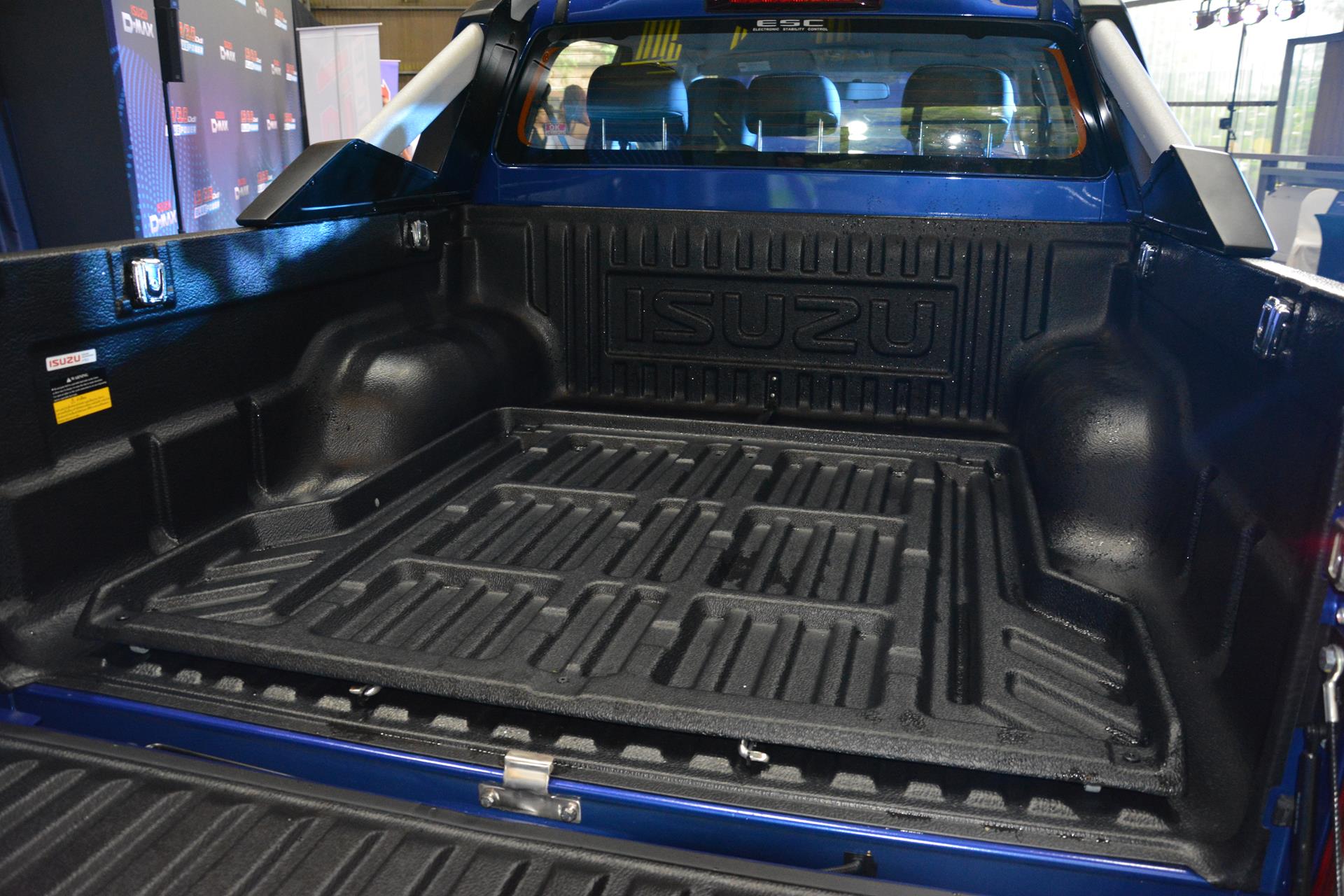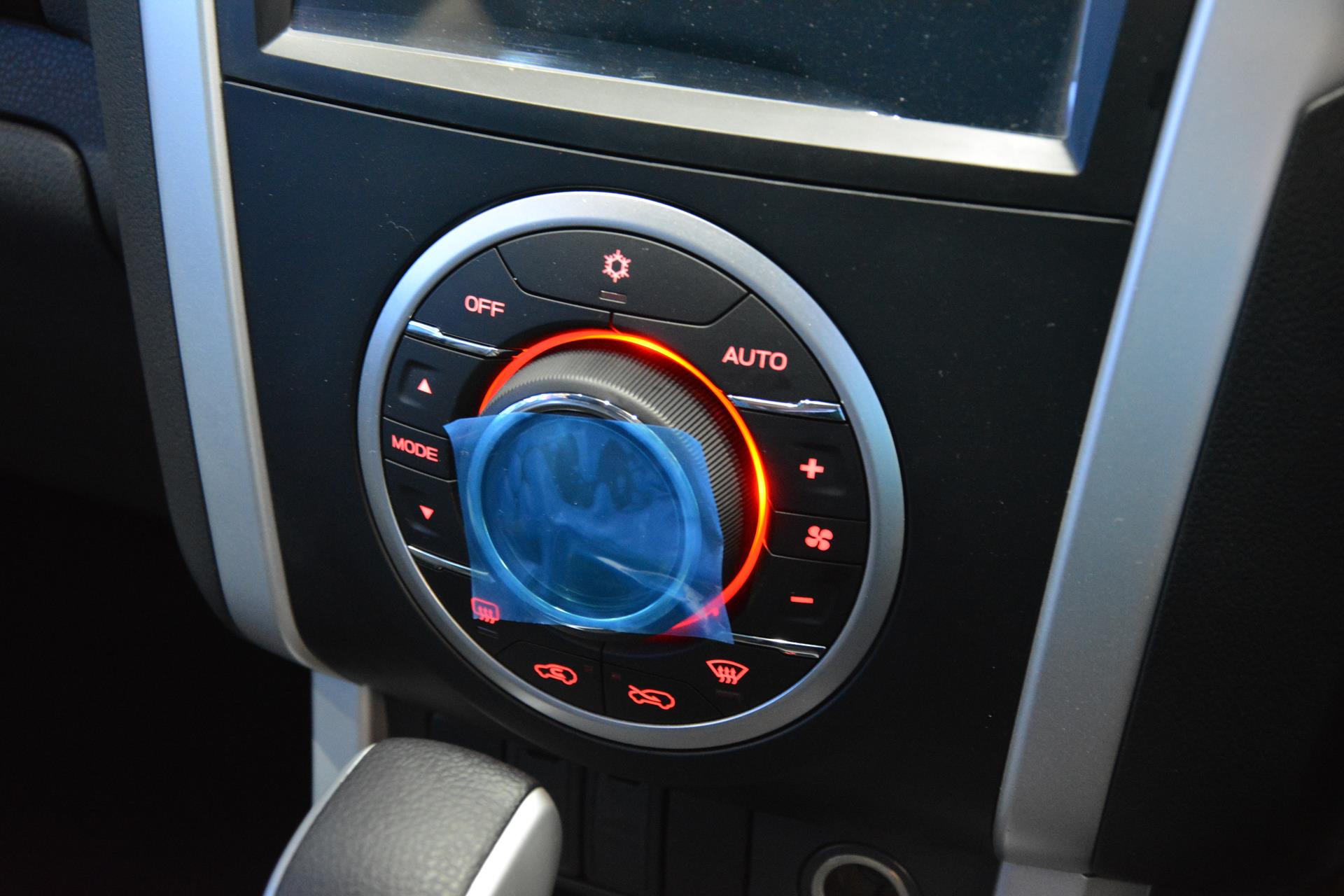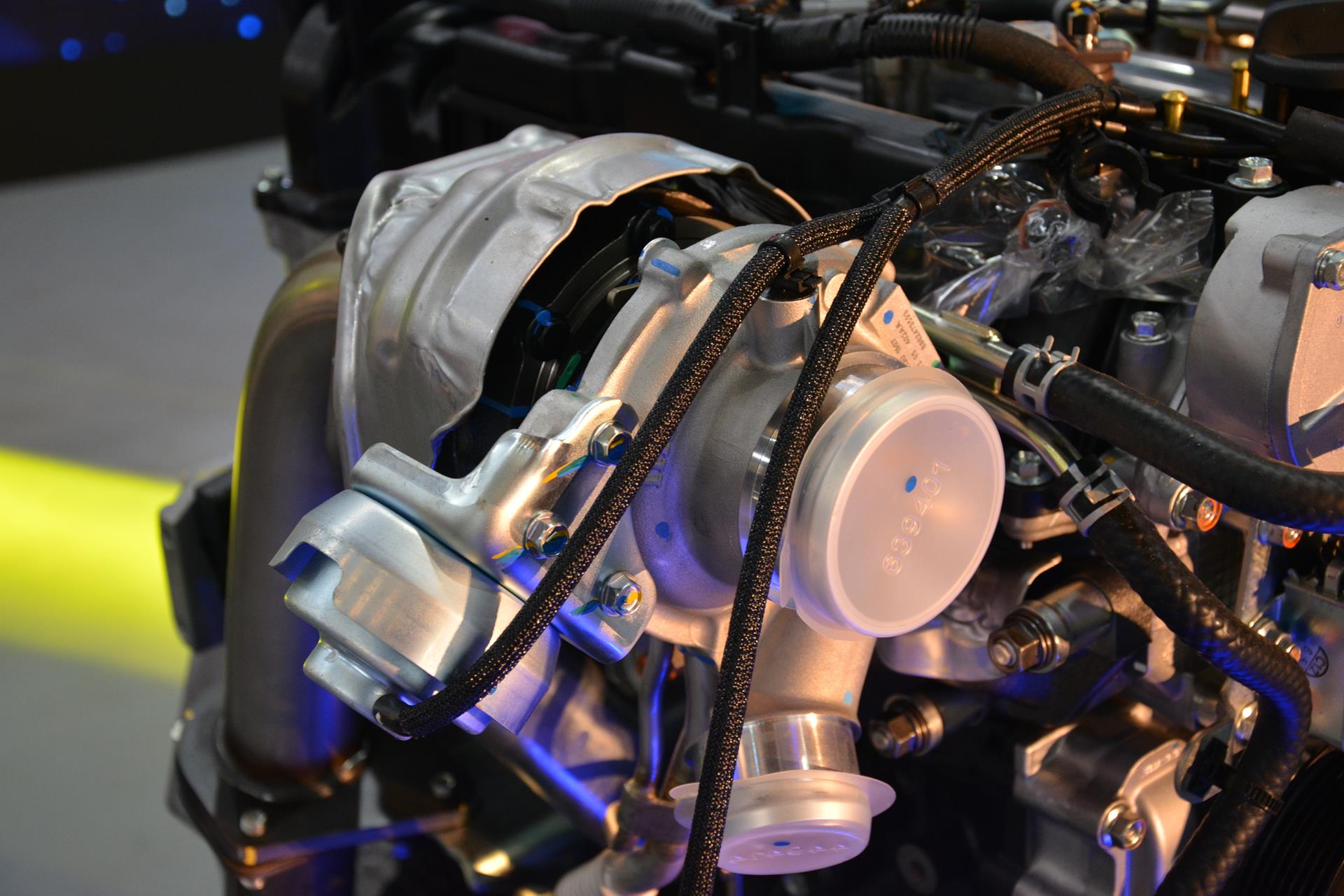It isn’t often that a new vehicle model is launched with 11 variants available. In fact, it’s unheard of. Isuzu isn’t one to play by the rules though as they’ve just launched the refreshed D-Max with 11 variants that include a range with the new 1.9-litre turbo-diesel engine that sees the D-Max being crowned Malaysia’s first pick-up granted energy efficient vehicle (EEV) status.
The all-new engine was designed to meet more stringent fuel consumption figures expected in the future with improved performance and economy together with reduced operating cost and NVH levels.
A total of eight variants of the 1.9-litre D-Max is available, an indicator that Isuzu Malaysia expects this to bring in the majority of sales. The variants are:
- 1.9-litre double-cabin 4X2 manual low-rider – RM80,149.20
- 1.9-litre double-cabin 4X2 manual hi-rider – RM86,669.20
- 1.9-litre double-cabin 4X4 manual Type-B – RM96,699.20
- 1.9-litre double-cabin 4X4 manual Type-P – RM105,999.20
- 1.9-litre double-cabin 4X4 automatic Type-B – RM104,599.20
- 1.9-litre double-cabin 4X2 automatic hi-rider – RM100,049.20
- 1.9-litre double-cabin 4X4 automatic Type-P – RM115,799.20
- 1.9-litre single-cabin 4X4 manual – RM85,799.20
As for the rest of the line-up, it comprises the previous 3.0-litre turbo-diesel that’s been carried over and will serve as the flagship. The variants are:
- 3.0-litre double-cabin 4X4 manual Type-B – RM106,738.40
- 3.0-litre double-cabin 4X4 automatic Type-P – RM120,838.40
- 3.0-litre single-cabin 4X4 manual – RM92,838.40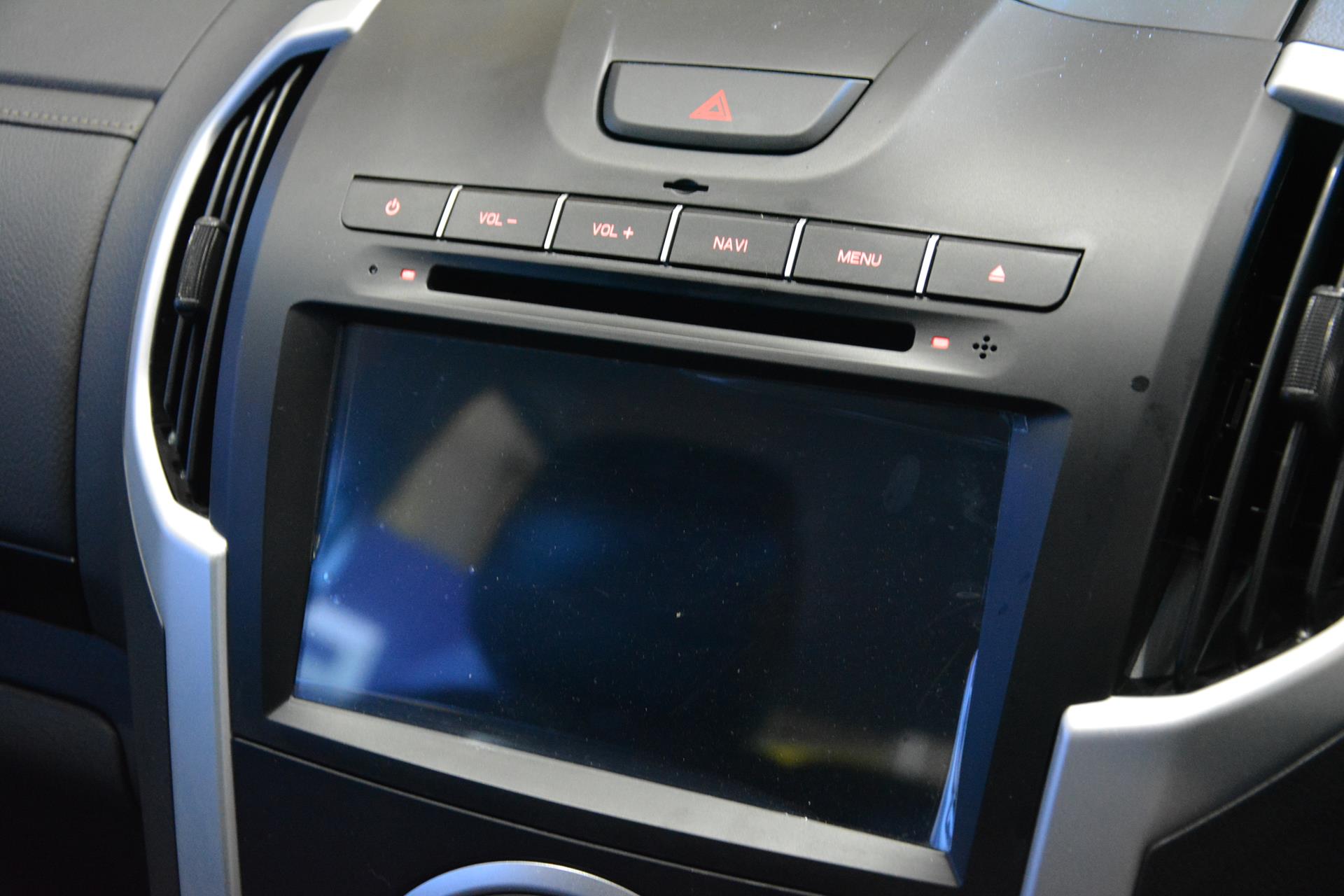
Now that we’ve got the pricing out of the way, let’s delve into the new engine a little before we try and decipher the confusing trim levels for you.
The new 1.9-litre turbo-diesel engine has a good start with a 56kg weight reduction over the outgoing 2.5-litre turbo-diesel. Furthermore, it delivers a six per cent improvement in engine noise.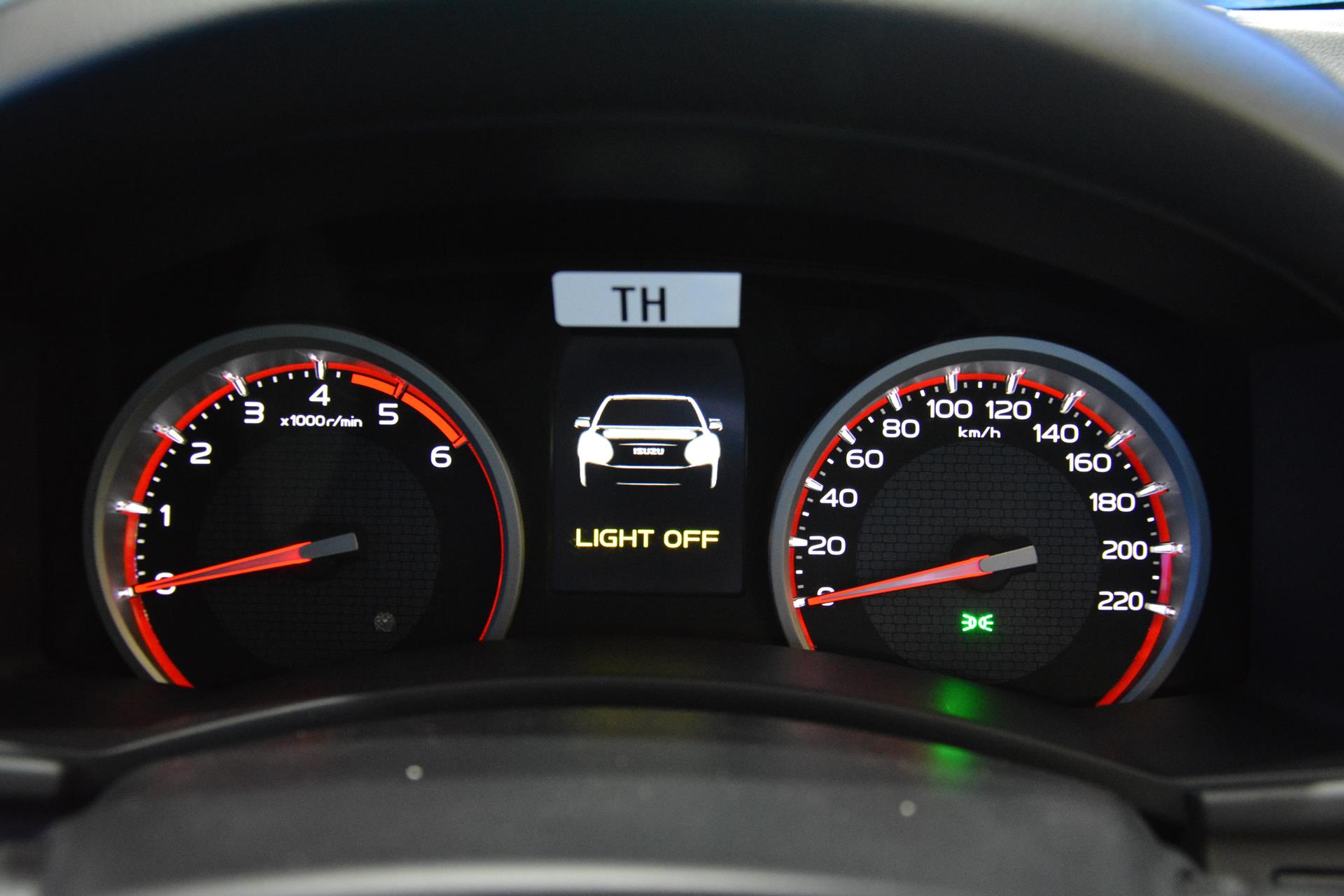
If you’re wondering about the outputs, it’s 148hp and 350Nm of torque; both representing increases over the 2.5-litre engine. Even more remarkable is the improvement in Isuzu’s legendary fuel consumption. Tests in Thailand displayed 19 per cent better fuel economy.
This is in part due to the new six-speed manual and six-speed automatic transmissions made available for the 1.9-litre mill. Fifth and sixth ratios in these new boxes are overload drives.
As for the carried over 3.0-litre, it still makes do with five ratios for its manual and automatic. Power output is 175hp and 380Nm of torque.
So what do the multitude of trim levels denote for the variants? For starters, the 1.9-litre manual double-cabs up to Type-B pack halogen headlights, LED indicators on the side-view mirrors, manual climate control. The basics of safety are dual airbags, ABS, EBD, BA, stability control, traction control and hill descent control.
Step up to the Type-P and you’ll find Bi-LED projector headlights though the 3.0-litre still has halogens. Surprisingly, even though the 3.0-litre is the priciest, the 1.9-litre has the better kit with a touchscreen multimedia infotainment head unit packing smart mirroring, navigation, iPod integration and Bluetooth.
If you’re using your D-Max more as a lifestyle statement, the automatics are obviously better equipped. Bi-LED projector headlights are standard on all the automatics above the hi-rider and even includes the touchscreen multimedia head unit.
Surprisingly however, the 3.0-litre automatic is the flagship here with six airbags as the rest make do with dual airbags and the rest of the aforementioned safety kit.
Lastly come the workhorse single cabins. Even with their utilitarian intentions, the single cabs still get the full safety suite of dual airbags, stability control, ABS, EBD, BA, traction control and hill descent control.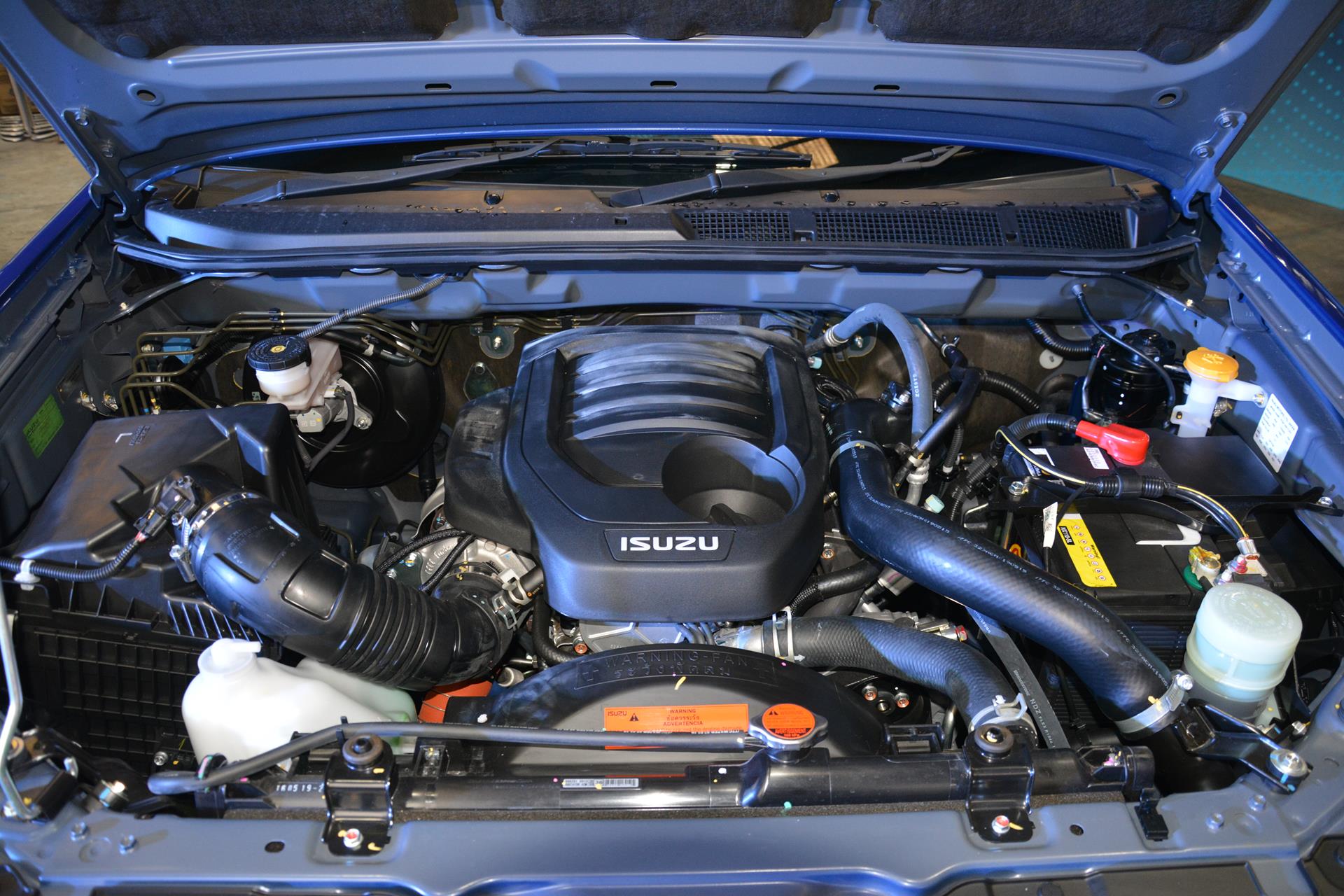
Keeping up with its competition, an optional soft-touch tailgate is available.
The new Isuzu D-Max is now available at all showrooms nationwide.